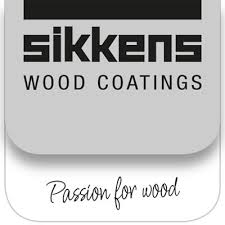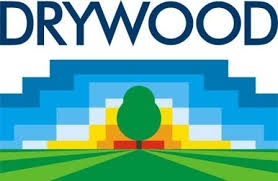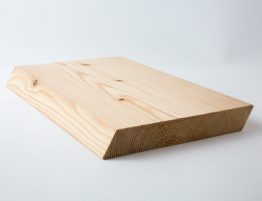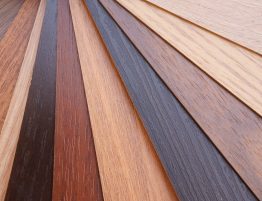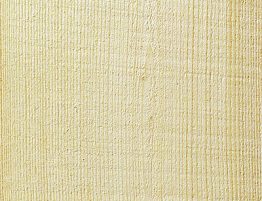
Pre-finished or Painted cladding has become very popular in recent years. Timber cladding is prefinished either enhance its aesthetics, maintain the natural wood tone or to enhance the service life.
A wide range of products are available on the market in the form of lacquers, varnishes, oils, waxes, stains etc. These are supplied in various form, e.g. Opaque and Translucent as either water-based or solvent based.
Application techniques vary; for factory application, it is predominately;-
- vacuum coater, vacuum coating
- Spray and
- Industrial roller application dependant on the product.
Some Popular Timber Cladding Finish Suppliers for lacquers, oils, varnishes, stains, waxes, paint etc
Akzo Nobel – Sikkens, Teknos, Drywood, Morrells Omnia, Sansin, Sioo X, Osmo, Owatrol, Organowood, PPG Paints, Dulux, Woodguard, Becker Acroma, Crown, Bedec, and Sentrin Preserve and Stains
It is important to note that all factory finished coatings when used externally need some form of regular maintenance routine otherwise the warranty or service life of the coating will be compromised.
Opaque or solid finishes tend to have more extended performance on external applications opposed to translucent finishes.
Finishes need to have UV inhibitors to ensure that they perform well externally. Hence there are very few clear translucent coatings for external applications available commercially.
It is important to follow the paint and product suppliers guidelines
Some of the common requirements or tips for exterior cladding coating include.
- Selection of species that perform well with coatings some perform better with coatings than others, g. modified timbers such as Thermowood, Accoya, Abodo, Lignia, Kebony and softwoods such as spruce/whitewood tend to perform well with most coatings
- Ensure you have the product colour reference or RAL number to be matched
- Profiles need to have eased edges (as sharp edges are points of weakness and do not coat very well ) as a guide 3mm radius for exterior and 1.5mm radius for internal cladding
- Claddings will perform better if water /moisture is not allowed to settle on the timber surface for long periods, it is recommended that there is a roof providing cover with an overhang
- Avoiding using prefinished cladding on elevations exposed to extreme weathering conditions, e.g. wind, rain pollution, sunlight etc
- Finishes cannot stop resin exudation and discolouration from water-soluble extractives
- Profile design to allow for water rain runoff
- Selection of a good quality timber grade do not compromise with the lower or blended, mixed timber grades
- Ensure the timber is dry, the moisture content MC should be below 18% for most exterior coatings ideally use kiln dried wood
- Ensure the appropriate coating film thickness is applied measured in microns for finished factory applications
- Keep to drying times specified between coats and before packing
- Ensuring all cut edges have end grain sealer coated or touched up
- All fixing holes are filled, sealed and touched up
- Coating to be used in the proper temperature range
Following some of the basic installation guidelines link

